CRN Exclusive: NetApp's David Wright On SolidFire And Building A New Hyper-Converged Infrastructure

The Hidden Gem In NetApp's SolidFire: Hyper-converged Infrastructure
When NetApp acquired SolidFire just a little over a year ago, NetApp talked about the unique value of the SolidFire all-flash storage solution, particularly regarding how it applies to the building of hyper-scale, all-flash data center infrastructures. But secretly hidden behind the veil surrounding the two vendors' plans lurked another possibility: Building NetApp's first hyper-converged infrastructure solutions based on SolidFire.
NetApp was a pioneer in converged infrastructure thanks to its long, and successful, FlexPod partnership with Cisco. And FlexPods are also now becoming available using SolidFire's all-flash storage arrays. But NetApp has been slow to hyper-converged, with nothing to show so far except a brief attempt to develop solutions based on VMware's now-discontinued EVO:Rail solution.
That is about to change. NetApp plans to shortly introduce its first real foray into the hyper-converged infrastructure market using SolidFire as a base. Ahead of that announcement, SolidFire founder David Wright used a conversation with CRN to provide some details and talk about why SolidFire is the right choice for NetApp's plans.

I was surprised to hear NetApp CEO George Kurian (pictured) say during the quarterly conference call that the company will soon introduce its hyper-converged infrastructure solution. Did you know that he was going to make that announcement?
We did. Things seldom get announced on investor conference calls on accident, but we felt like it was time to start talking about our plans to do something in this area publicly, and that was a good opportunity to do that.
W hat will we be hearing about the plans? And when is the announcement planned?
What we said is we're going to talk more about the product in terms of the specifics of it and the details of the functionality, capability, form factor, and other things in the first half of our fiscal year, and our fiscal year starts in May. So you'll hear about it sometime in the first half of our fiscal year when we'll start talking in more detail about the specifics of the product that we're building.

M y understanding is that NetApp is celebrating its 25th anniversary in June. That sounds like it might be a good time to announce this. Is that possible?
I can't say for sure. But I know we've got some events planned around that, and I'm sure there'll certainly be some celebration as well. That's pretty big milestone.
So you're not going to commit to saying that you're going to introduce the hyper-converged infrastructure at the 25th anniversary?
I cannot commit on that.
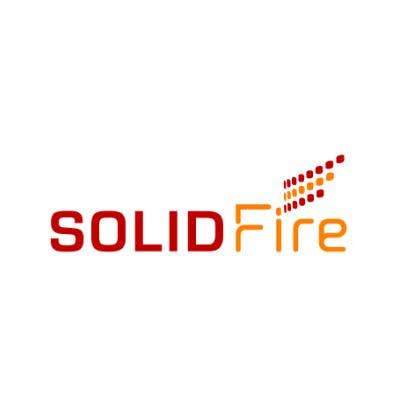
George Kurian talked about basing the hyper-converged infrastructure solution on SolidFire technology. Why SolidFire?
SolidFire has all the building blocks you need for a great hyper-converged infrastructure. [For] hyper-converged, you're looking for architectures that have very simple deployment and scale mechanisms, and SolidFire certainly has that. The ability to have linear scalability, and certainly SolidFire delivers that. And infrastructure that enables high levels of simplification and automation of the operations, and SolidFire delivers that. In fact, in many ways we're [already] selling SolidFire … against hyper-converged solutions and having some success. But in other places, customers clearly have a desire to buy an all-in-one solution, and so it makes sense for us to extend the architecture that we've started with SolidFire into a new delivery model that's hyper-converged.

Y ou said that you'd had some success with SolidFire against hyper-converged. How would SolidFire today compete against hyper-converged infrastructure solutions?
We can deliver a lot of the same capabilities and services with a SolidFire environment that you could in hyper-converged. Typically, hyper-converged was being used in a virtualization environment for virtual workloads. And the vast majority of SolidFire installations are delivering similar use cases, the difference being that today you have to combine SolidFire with off-the-shelf storage networking and management capabilities on your own [for] a complete solution.
[Customers often say today's] hyper-converged systems … don't meet my needs, they don't have the wealth of enterprise functionality that I need for my infrastructure, and so they're looking at SolidFire as a solution to roll their own. That will obviously continue to be the case for a number of customers going forward. But we also think that a compelling second-generation hyper-converged platform based on SolidFire will help customers who [need] capabilities that the current solutions on the market don't offer.

W hat are some of those capabilities? How do you define "second generation?"
Hyper-converged [today] tends to be deployed in silos. It's branch office, remote office use cases. It's in places where you've got a single workload that you're running in isolation like VDI, or potentially small virtualization pods.
[But] what does it take to move hyper-converged from these edge use cases and from these siloed applications into core infrastructure? You need solutions that have better scalability in terms of both linear scalability of the solution as well as the total absolute scale that you can achieve. You need solutions that are inherently capable of running multi-tenant and mixed workload environments and can deal with things like noisy neighbors that you get in core infrastructure use cases. And you need enterprise data management capabilities … that SolidFire and NetApp excel at and we can bring to the table for hyper-converged in a way that really no other solution on the market can.
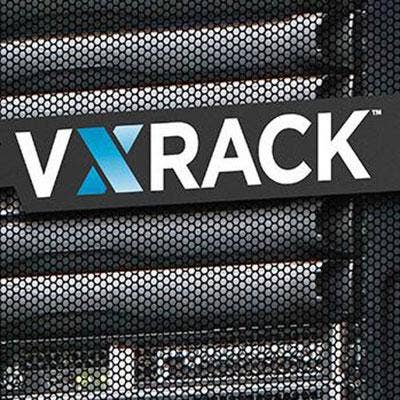
When you talk about scalable solutions, are you talking about something like Dell EMC's VxRack solution, and not VxRail or VSAN?
We'll be competing against everyone that offers hyper-converged solutions today, and I think we're gonna have really compelling and differentiated methods for those customers. You point out that EMC itself has realized that VSAN and VxRail are really limited in what they can do, and so they've actually had to deploy a completely separate second hyper-converged infrastructure with VxRack using ScaleIO at the base of it. It delivers a different set of capabilities. But ultimately they're delivering two solutions, neither of which really fits the breadth of what enterprises would like to do with hyper-converged.
So a SolidFire-based hyper-converged solution would compete in smaller and larger implementations?
VxRack is really targeted strictly at next-gen data center-type use cases, third-platform-type use cases, places were SolidFire has been successfully deployed as well. And VSAN and VxRail are targeted at departmental IT and branch office or remote office use cases, and so they don't offer something that really can bridge the two and can meet the needs of where hyper-converged needs to go next in terms of core infrastructure.
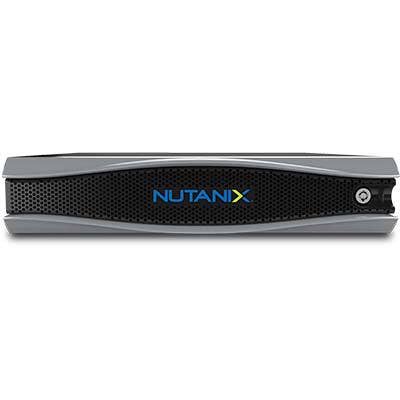
Are companies like Nutanix, which has probably been doing this longer than anybody else, or SimpliVity, which HPE just acquired, anywhere near what you're talking about?
We have differentiation and some unique capabilities and a unique position against virtually everybody in the market [by] leveraging SolidFire and other NetApp technologies to really deliver a level of maturity in our first product that these other companies are still moving towards. Although there's plenty of others that have been building solutions for a number of years now, they've had to start from zero to build up their solutions. We're able to deliver on the strength of what we've built over the last seven years with SolidFire along with other NetApp technologies that we're integrating into the solution including the Data Fabric in order to leap frog, in many cases, what these companies have been able to achieve. And if you wanted an example of how NetApp has been able to do that in other places, think of what happened in the flash market with all-flash FAS.

How so?
NetApp was viewed as being late to the all-flash market, but it was able to leverage a very mature technology with Clustered Ontap [and] adopt it to flash. It was able to deliver an all-flash solution to the market that had far more capabilities and maturity for enterprise use cases than the start-ups did. And it was able to rapidly catapult itself from essentially nowhere to number five in the market to number two, closing in on number one, in less than 18 months. And so, NetApp has proven that if you leverage mature technology and add some really good intelligence on top of that in a new area and new space, they can be very successful. And I think [hyper-converged infrastructure] will be another example of that.
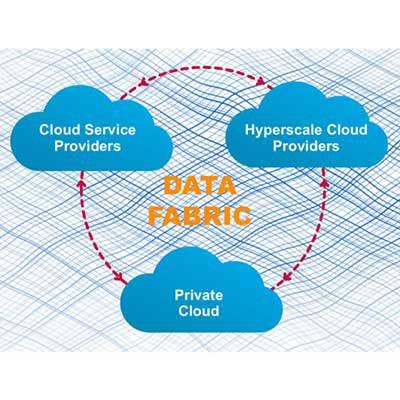
You mentioned NetApp's Data Fabric. How does Data Fabric fit in with NetApp's vision of hyper-converged infrastructure?
Certainly, our view of the data center landscape going forward is, the era of the siloed data center, the siloed application, is going away. I mean, the vast majority of customers are not going to have applications and data residing in one location forever and ever and ever. They're adopting hyper-cloud environments, places where they have infrastructure in both the public cloud and on premises. They're adopting multi-cloud scenarios where they actually use and want to leverage multiple hyper-scale clouds. And in almost every case, even in their core data center infrastructure, they're trying to break down the silos and build a more scalable cloud-like platform for their infrastructure. All of those things really require, over time, a data fabric.

How do you define the data fabric?
A technology that allows you to get the right data to the right place at the right time, to manage security and governance and compliance around that data, and to make the consumption of that data effortless for the applications, and allow the customer to really focus on where they want to seal their infrastructure rather than where the data sits and what silo it lives in. NetApp has been a kind of leading advocate of that concept for a couple of years now, and really has delivered a number of technologies to the market that really prove out the value of building a data fabric. And our hyper-converged solution will be another thread in that data fabric, another solution that will help customers wherever they want to deploy.
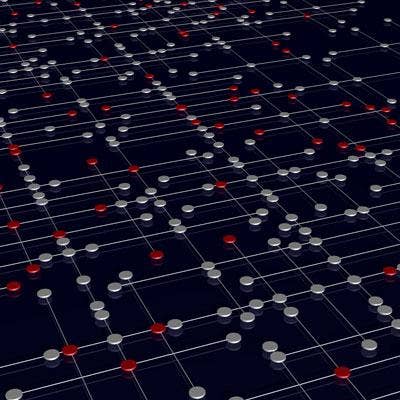
How does hyper-convergence fit into the data fabric?
Our belief is, not that the whole world needs to hyper-converge, there will be a sub-set of customers use cases and environments that make sense of that.
Other customers are going to move to the public cloud; other customers are going to continue to use converged infrastructure in which NetApp is a leading solution with the FlexPod. And other customers are still going to build their own. So the goal with our technology and with Data Fabric is to allow them to weave all of those things together wherever they are today and wherever they might want to be tomorrow without locking themselves into one approach.

So you're talking about making hyper-converged infrastructure one of the several areas across which data can be migrated seamlessly?
Yeah, absolutely. I think you'll see hyper-converged used on the edge and then migrated to the core in some cases. And, in other cases, used in the core and then migrated to the cloud for data processing, analytics, and on-demand capabilities. There's a huge number of scenarios that really require that Data Fabric to be able to utilize fully all of these different infrastructure deployment models that we have at our disposal today.
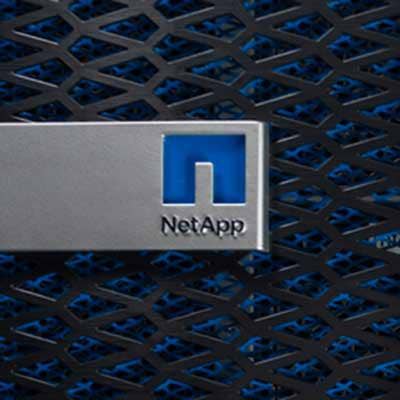
NetApp currently offers traditional appliances, software-defined appliances, and appliances that run in the cloud. Will NetApp's hyper-converged infrastructure solutions be available in the same variety of formats?
NetApp has put a pretty big stake in the ground in the fact that we want to be able to deliver value to our customers in whatever way they want to consume it. [NetApp has] not only have made that statement publicly but has backed it up with products being delivered across software-only form factors, cloud form factors, appliance form factors, etc. We're not discussing the specifics of the platform, the delivery mechanisms, and the capabilities of the hyper-converged solution today. But NetApp has always said that we'll deliver our technology in a form that customers want to consume it in. We see those consumption models shifting over time. And that's why the Data Fabric is so important so that customers can seamlessly move between the different consumption models.
Sounds like a, "Yes but I can't talk about it now" answer.
I don't want to mischaracterize it one way or another. Hyper-converged is clearly a consumption model that is joining the pantheon that NetApp supports, and the Data Fabric is ultimately the technology that links these things together.
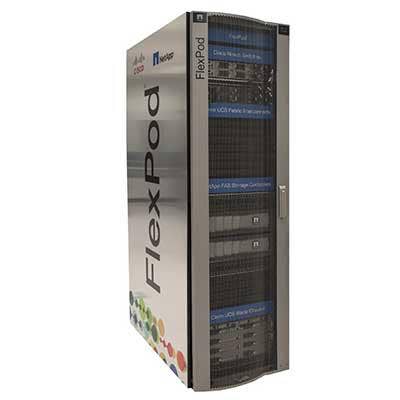
O ne of NetApp's biggest solutions is the FlexPod converged infrastructure solution built with partner Cisco. How will the introduction of hyper-converged infrastructure impact the FlexPod business?
There's no direct impact. We see converged infrastructure and FlexPod being very successful in the market today even though hyper-converged has been available for years. So it's clear that hyper-converged is not in and of itself displacing converged infrastructure in the market. Both of those markets are still growing markets and so NetApp is going to continue to invest in converged infrastructure, and FlexPod is a key piece of our strategy around that.
We've already announced that SolidFire and the SolidFire technology will be coming to the FlexPod platform as well. It's a great example of the fact that we're not going to dictate to customers how they buy their infrastructure … This really doesn't have a direct impact on FlexPod. We'll talk more about how the solutions are being positioned alongside each other in the future.

Hyper-converged infrastructure depends not only on storage but also compute, networking and overall management. NetApp is not in the networking or the compute space. Are you looking at partnerships, or building these type of other technologies on your own?
NetApp has a wealth of options at their disposal and, again, we're not going to talk about the specifics of this solution. But I think it's safe to say that NetApp has proven itself a very successful partner with companies in the past across the ecosystem. And NetApp has also proven the ability to build their own technology and create innovation across hardware and software in the past. So you can expect that we're bringing the full range of capabilities that NetApp has to offer to the solution. But we realize this is taking us in some new directions and creating some new opportunities for us, and we're very excited about that.

W ould those opportunities include possible OEMs? In other words, might NetApp make the technology available to other server vendors who might want to use the NetApp solution to build their own hyper-converged infrastructure?
Yeah, it's a great question but we're not getting into the specifics on the product or the delivery mechanisms at this point.
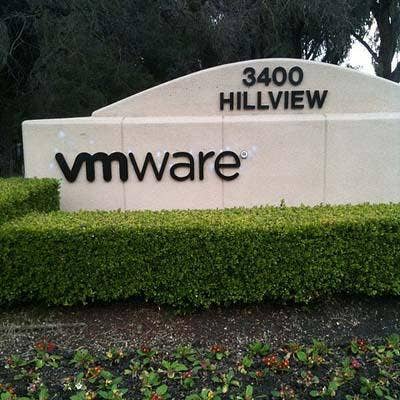
Okay, fair enough. What's going to be the underlying hypervisor?
Again, we're not getting into the specifics on the platform. It will be virtualized; there will be hypervisor support. I, unfortunately, can't disclose any more details about that.
Okay, you're not going to say whether VMware might be a partner in this?
Unfortunately, again, we're not disclosing any more details about the specifics of the product that's being developed right now.
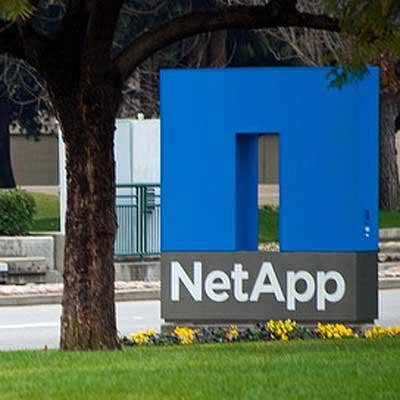
Does NetApp have the type of technology to do management of a hyper- converged infrastructure, or will this be something that needs to be developed or even maybe acquired or partnered with on?
Yeah, there's clearly management capabilities that we're developing as part of the solution. It's pretty clear if somebody went to our website and surfed around you'll find that we don't offer a hyper-converged solution today. There are different capabilities that are needed in hyper-converged, and a large part of the developing work around this is on those management technologies. We're not, again, going to get into the specifics of what those are or how they're being delivered, but absolutely the kind of management technology, the key value proposition for hyper-converged, we've got some great technology that we're developing around that.
Is NetApp developing management technology that will wrap around its hyper-converged infrastructure type solution to break into the market?
Again, we're not going to get into specifics on how it's packaged and delivered. But development and management technology is part of the solution that we're creating for HCI.

So when did you or [NetApp CEO] George Kurian or your engineering teams first start talking about the possibility of using SolidFire as a base on which to build hyper-converged infrastructure?
It may not surprise too many people that this [was] at least a consideration at the time of the acquisition and even a little bit before that as we talked about the possible synergies between SolidFire and NetApp. There was a clear alignment between the SolidFire architecture and the suitability of that as the base of the hyper-converged solution and using that technology toward building a hyper-converged solution. That was obviously an added value to NetApp. They didn't have another technology in their portfolio today that was anywhere near as suitable to serve in that manner. So it's something that we've been actively working on for a while now. Again we're just starting to talk about it publicly. But it's something that we've certainly been looking at and actively working on for a period of time.